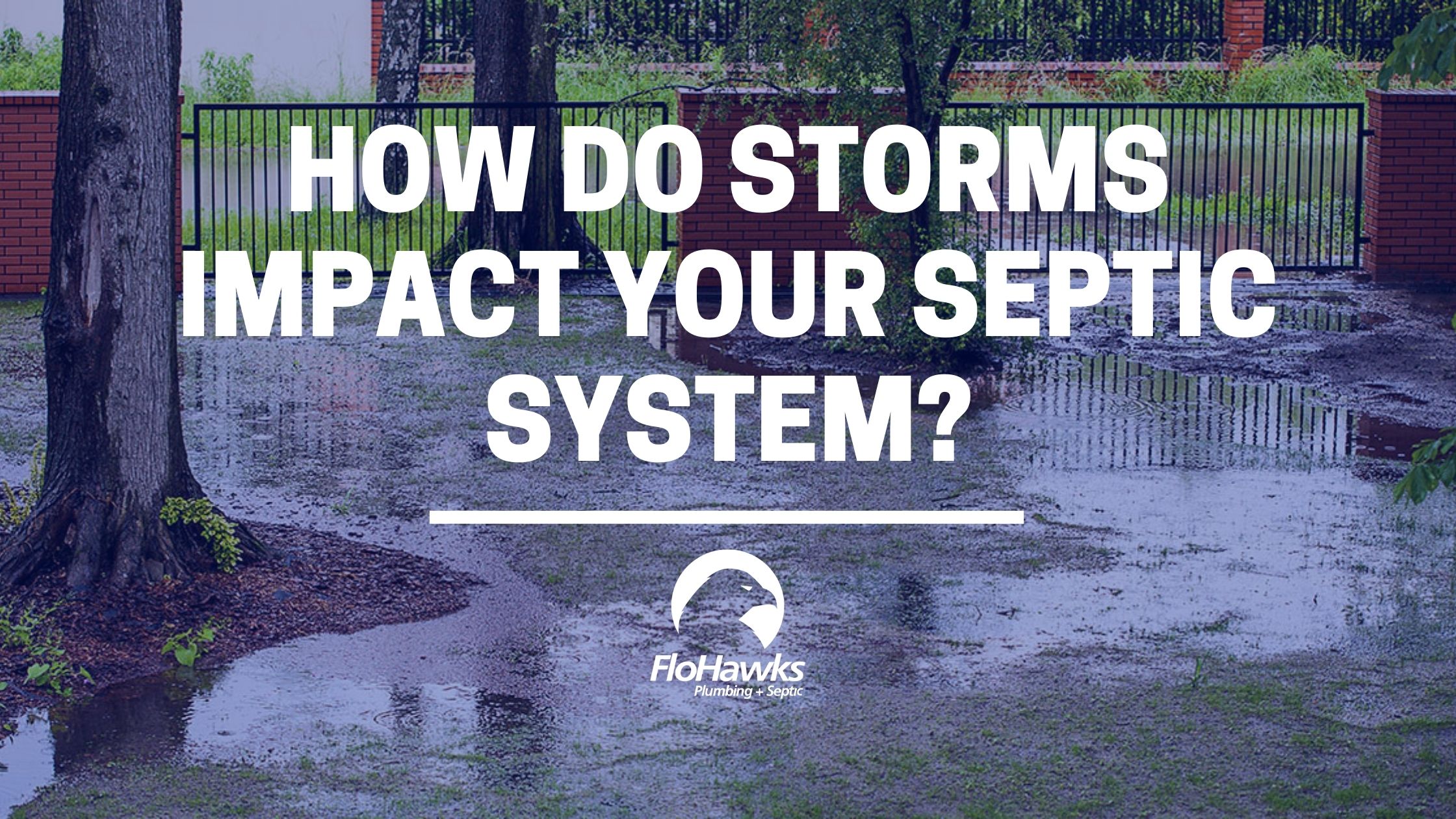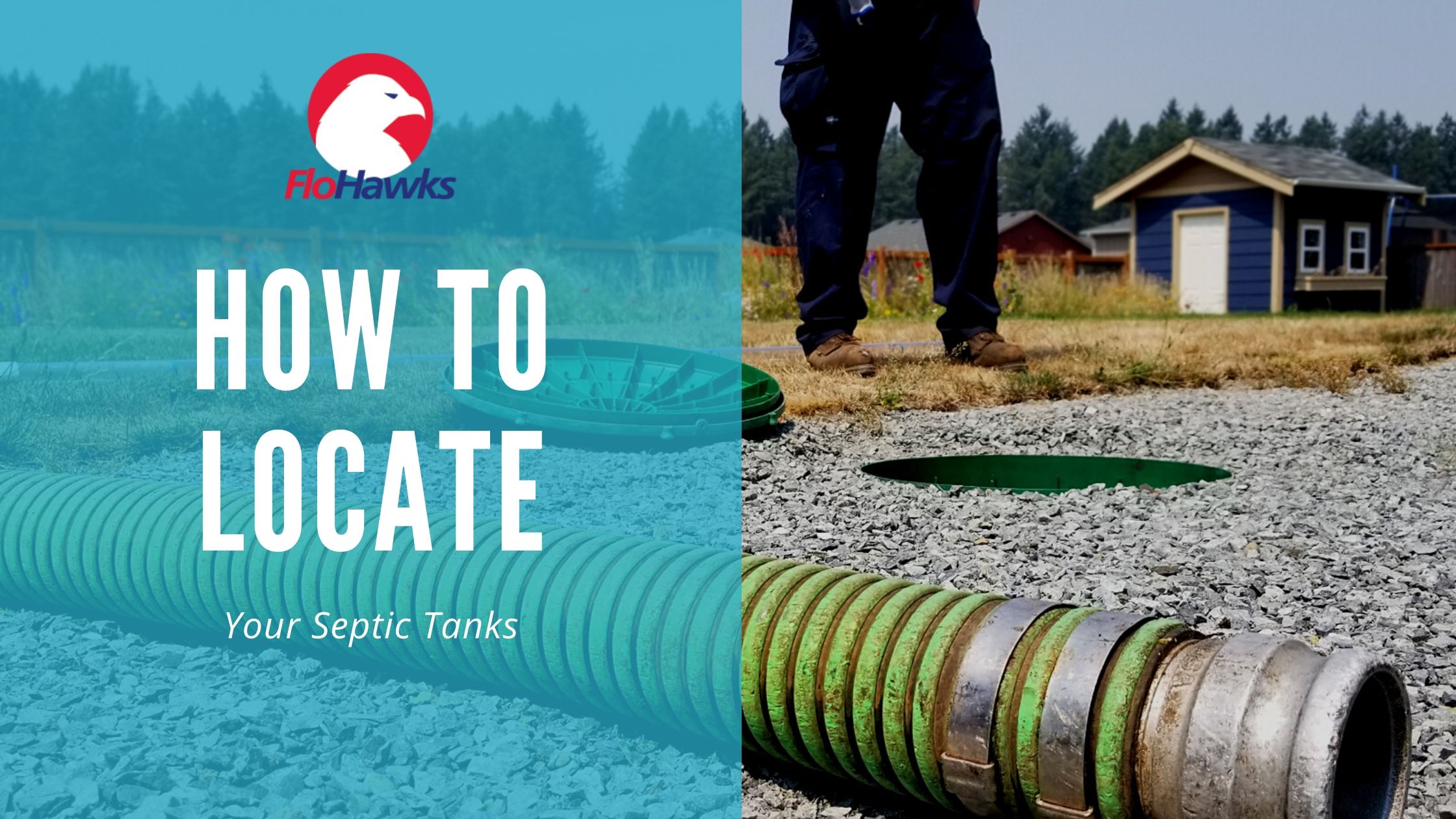
Bacterial Breakdown in Septic Tanks
Life inside your septic tank is a carefully maintained of billions of naturally occurring microscopic critters living in a septic system, allowing it to work

Life inside your septic tank is a carefully maintained of billions of naturally occurring microscopic critters living in a septic system, allowing it to work

After heavy rain, septic problems can be common. Significant rainfall can quickly flood the ground around the soil absorption area (drainfield) leaving it saturated and

Earlier this year, we talked about some of the reasons why your drain field might flood. As we get into the rainy season, it is

Knowing where your septic tank is located on your property is an important part of regular maintenance. Eventually, all septic tanks will require regular inspections
Walking outside to see a pool of standing water around your home’s septic drain field is an unpleasant surprise. A flooded drain field can happen
COVINGTON OFFICE
18808 SE 257th St
Covington, WA 98042
GIG HARBOR OFFICE
5819 133rd St NW
Gig Harbor, WA 98332